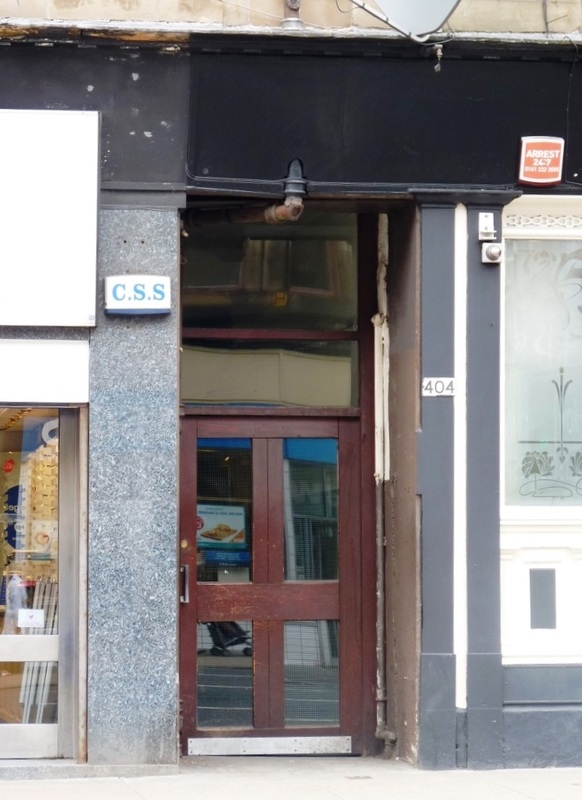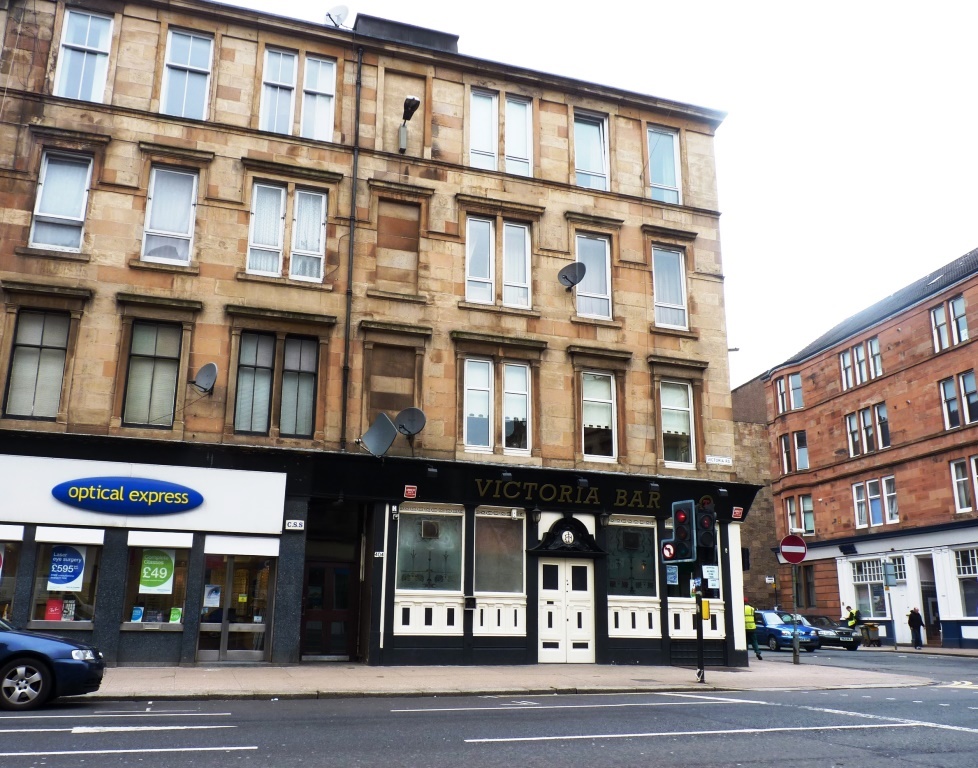Scotland's first association football club duly came into being, named Queen's Park after the nearby recreation ground where they played. The club became an institution that almost single-handedly introduced the association game to the city, organised the first international match in 1872 and provoked the formation of the Scottish FA the following year.
The story of the club is well known, but what about the location of this historic meeting? It is a puzzle that is hard to answer satisfactorily as Eglinton Terrace no longer exists: it disappeared as an address in 1891 when its parent street, Victoria Road, was absorbed into the city of Glasgow and renumbered as one long thoroughfare.
The site is now occupied by four-storey tenements, which Historic Scotland considers to be sufficiently important in architectural terms to be worth listing Grade B. They date the tenements to the 1880s, but the buildings are somewhat older as Victoria Road was first laid out in the late 1850s, linking the city with the open spaces to the south, including the new Queen's Park.
Eglinton Terrace started to be built in 1864, a terrace of tenements on the west side of Victoria Road, running south from Allison Street to Prince Edward Street. Press adverts indicate the original properties were self-contained flats, with shops at street level.
The first notice appeared in the Glasgow Herald in March 1864: 'To Let, at Eglinton Terrace, houses of 3 and 4 rooms and kitchen, bathrooms &c, with garden plots if required.' This was bigger than many people required, and some of the residents took in lodgers; Mrs Cook of 3 Eglinton Terrace advertised 'Two young men may have share parlour and bed room'. A few of the tenants at Number 3 can be identified from Glasgow street directories, including a bookseller and an accountant, although none of them appear to be founders of Queen's Park FC.
One of the earliest residents, listed in the valuation rolls from 1865, was a wine and spirit dealer called James Cook at No 1. His pub was on the corner with Allison Street, and it has been suggested that it had a meeting room at No 3. Certainly, there are reports of later meetings taking place in James Whyte's, as the pub was later called before being transformed into the art deco Victoria Bar at the turn of the century. It seems unlikely that a pub would extend two doors along, but James Cook and his wife Jane, referred to above, owned a flat at Number 3 so potentially they had the space to host a meeting in their home over the pub.
So why did the Queen's Park founders chose to meet in this particular property? A potential clue comes from an advert in the Glasgow Herald on 8 July 1867, just one day before the meeting: 'To Let at 3 Eglinton Terrace, Victoria Road, Parlour and Bed Room. Plunge and shower bath in house.' Would that vacant parlour have had enough room for 20 people to gather?
While the definitive answer to that question will probably never be known, the precise location of 3 Eglinton Terrace can be pinpointed to what is now the tenement entrance at 404 Victoria Road, between the Victoria Bar which occupies 400-402 and Optical Express at 406-408. A close examination of the Glasgow street directories shows clearly the evolution of Eglinton Terrace and its residents up to the 1890s.
This unremarkable suburban tenement is the location for the foundation of Scotland’s first association football club, and is therefore of great significance for our sporting heritage.
At present, however, there is nothing to mark the spot. Commemorative plaque, anyone?




 RSS Feed
RSS Feed